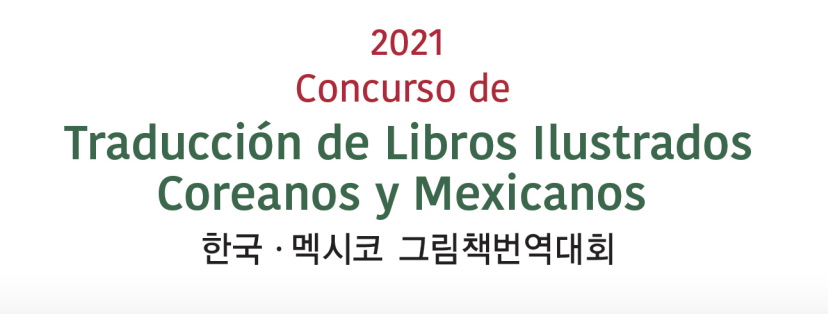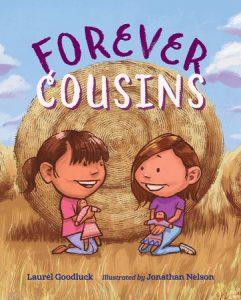by Seemi Aziz, University of Arizona, Tucson, AZ
 As I looked into Palestinian experiences in children’s literature, I discovered many significant examples. These examples speak to broader issues of displacement, refugees and oppression. These topics/issues are prevalent in the global sociopolitical atmosphere presently, more so now with the two ongoing wars: Ukraine/Russia and Palestine/Israel. If we research and go into depth on both these conflicts and wars, we come away with multiple ways of understanding the conflicts and realize that there is no one easy explanation that pigeonholes the conflicts.
As I looked into Palestinian experiences in children’s literature, I discovered many significant examples. These examples speak to broader issues of displacement, refugees and oppression. These topics/issues are prevalent in the global sociopolitical atmosphere presently, more so now with the two ongoing wars: Ukraine/Russia and Palestine/Israel. If we research and go into depth on both these conflicts and wars, we come away with multiple ways of understanding the conflicts and realize that there is no one easy explanation that pigeonholes the conflicts.
The examples of children’s literature that I explore in this post shed light on Palestinian perspectives on the current conflict through a recent memoir and several nonfiction books. By combining these powerful examples of fiction and nonfiction, readers come away with new understandings. Continue reading


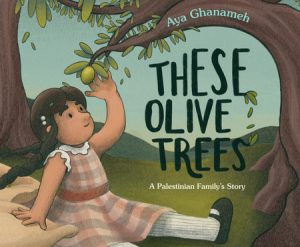 News reports of global conflicts raise many questions and confusion for children who do not understand the history or broader context of these conflicts. Children’s books can provide children with perspectives on global conflicts, such as the current conflict between Israel and Palestine. This post highlights books that reflect Palestinian perspectives as part of a larger conversation in the field of the many perspectives, including Israeli voices, related to this conflict.
News reports of global conflicts raise many questions and confusion for children who do not understand the history or broader context of these conflicts. Children’s books can provide children with perspectives on global conflicts, such as the current conflict between Israel and Palestine. This post highlights books that reflect Palestinian perspectives as part of a larger conversation in the field of the many perspectives, including Israeli voices, related to this conflict. 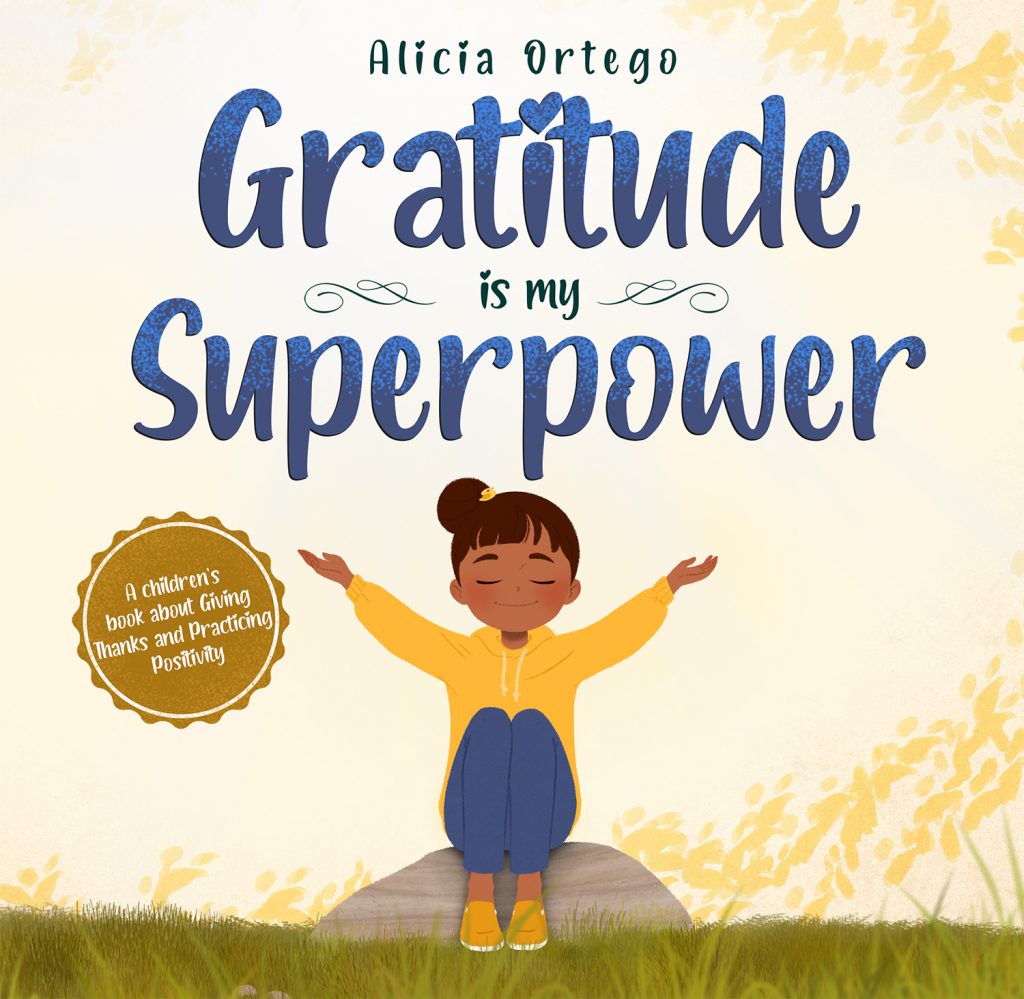
 This month’s WOW Currents focuses on trends in global literature for young people published and/or distributed in the U.S. between July 2023 and July 2024. Each year, we identify new books published during this time period, examining the books and consulting book reviews to determine which texts are of most interest to K-12 educators. In this process of updating our global reading lists, we also gain a sense of current trends in the themes, topics and genres of global books being published for children and teens.
This month’s WOW Currents focuses on trends in global literature for young people published and/or distributed in the U.S. between July 2023 and July 2024. Each year, we identify new books published during this time period, examining the books and consulting book reviews to determine which texts are of most interest to K-12 educators. In this process of updating our global reading lists, we also gain a sense of current trends in the themes, topics and genres of global books being published for children and teens. 

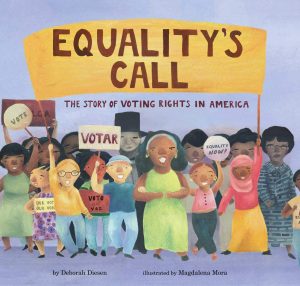 Jane Goodall recently outlined,
Jane Goodall recently outlined, 